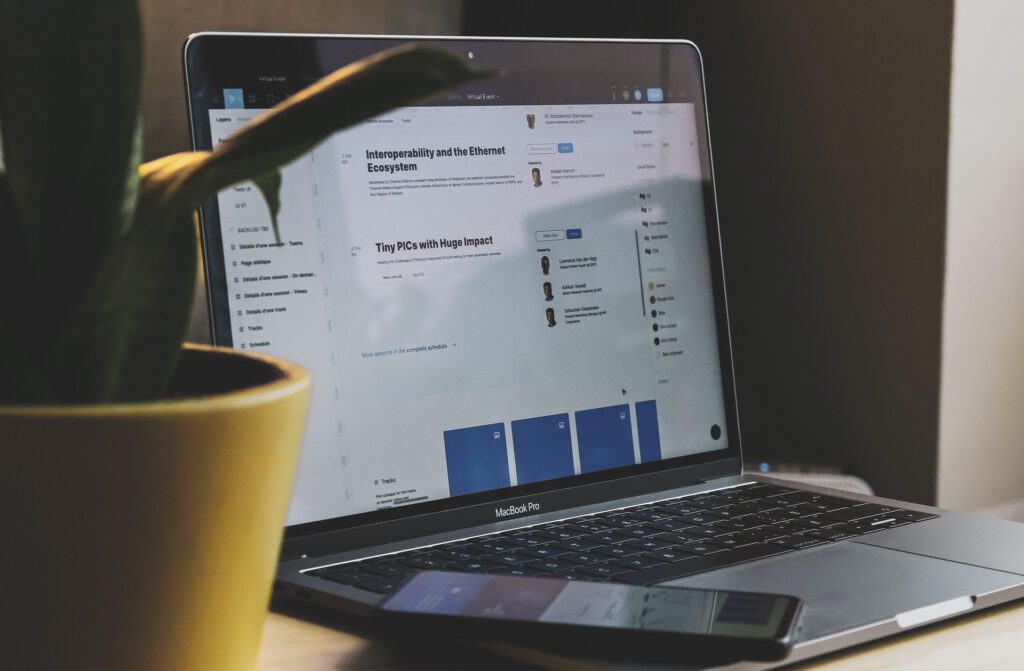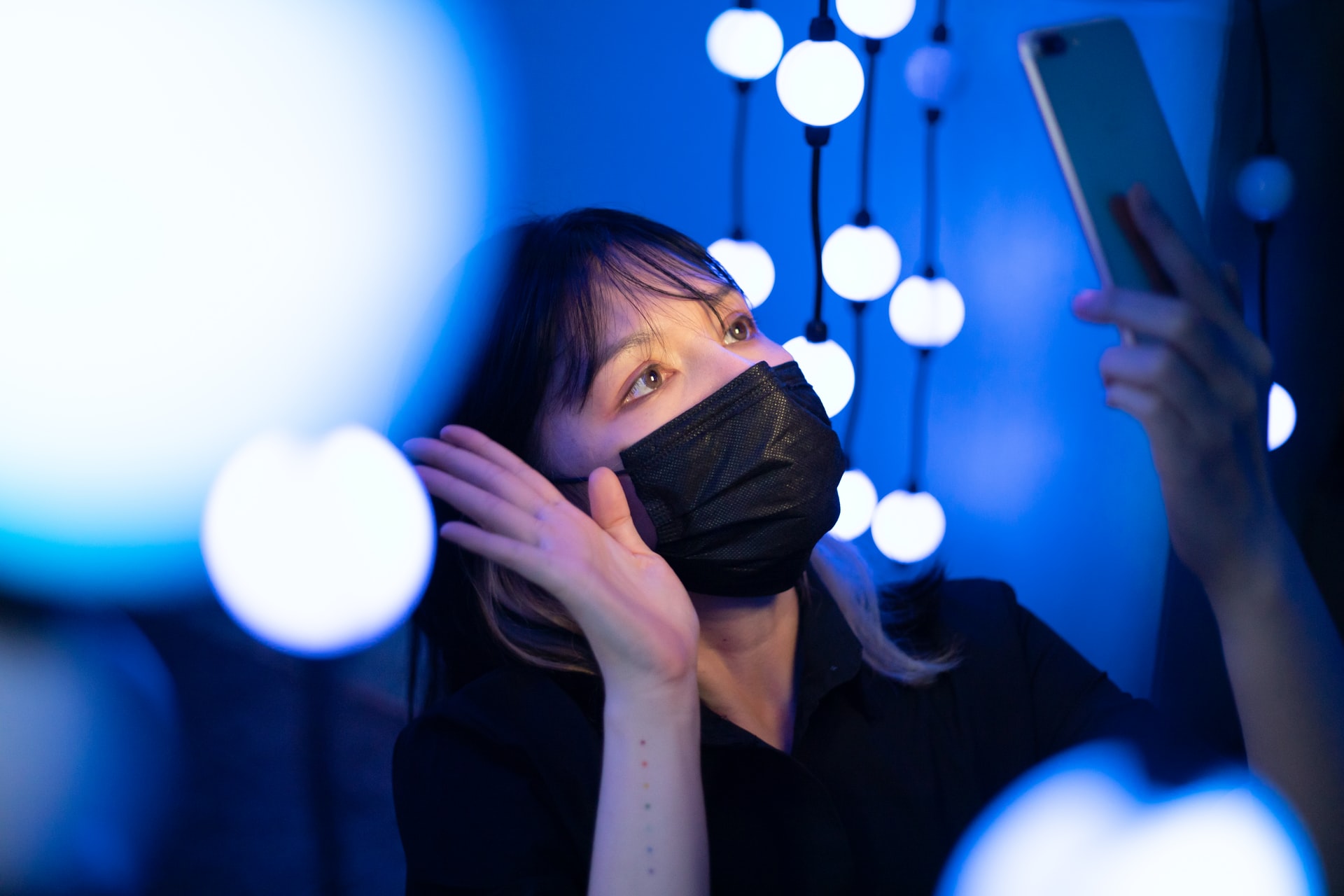Biometric technology tends to take on an air of futurism or science fiction when we imagine being able to unlock, pay, or verify with just the use of our faces. Yet, the beginnings of this technology pre-date inventions as old as
the diesel engine or vacuum cleaner, with fingerprinting beginning as far back as the 1880s.
Today, large tech players like Apple have played an enormous role in making us comfortable with this functional technology, with the 2013 iPhone debuting fingerprint unlocking and Face ID being integrated starting in 2017.
The push for the most recent and most secure form of biometrics, facial recognition, has been making its way through nearly every industry since its wider development over the past decade. Nothing has yet fueled the acceleration of this adoption curve more than the unprecedented COVID-19 pandemic, which has underscored a never-before-seen level of demand for secure, remote, and touchless verification.
Realizing Remote Authentication in Financial Services
The COVID-19 pandemic initiated sweeping changes to the way businesses operate. Now, if you don’t absolutely need to be present in-person to open an account or make a purchase, you shouldn’t be. Every person-to-person exchange for a business carries an inherent liability of spreading COVID-19 to either the customer or employee.
This widespread cultural change of how we interact with businesses has highlighted how many of our security practices are hinged on in-person verification, whether it be presenting a physical ID card or being matched to your account by looking at your face.
The stakes for this in-person verification are nowhere else as high as in the Banking, Financial Services, and Insurance (BFSI) industry, where a false authentication could lead to identity theft, credit card fraud, violation of federal regulations, or worse.
As a result, this industry has been forced to adapt more rapidly to the need for remote authentication during the pandemic, and facial recognition has stepped in as a key solution. From software like FaceMe, eKYC, and Fintech, to Intel’s recently announced RealSense ID, accessible facial recognition solutions have found their way to the financial services market. It allows consumers to securely and easily verify their identity via their computers, smartphones, or bank kiosks, to open accounts, conduct transactions, and more without interacting with a physical person.

The Push to Touchless Hospitality
In the hospitality space, where a remote approach is less practical (good luck experiencing that exotic hotel from your apartment), the industry has quickly jumped on touchless processes as the best solution. From checking in at a hotel or restaurant to paying, or gaining entry to different areas like the pool or spa, touchless solutions including biometrically enabled kiosks and POS systems are quickly gaining wide adoption.
It’s also critical to acknowledge, however, that the pandemic will eventually end, and at some point, life, and the way these industries operate will have to shift closer to normal. However, we expect to see an enduring shift, especially in payments, as individuals who during the pandemic grew accustomed to businesses not taking cash have finally made the jump to using their Apple Pay or another facial recognition-enabled payment interface. Now onboarded, these individuals are much more likely to continue using this going forward, and we can expect to see biometrics continue to play a larger role in these daily activities.
A Greater Focus on HealthTech
Biometric technology has long been working its way into hospitals and care centers, as the need for security and identity verification is present at nearly every turn. The COVID-19 pandemic turned hospitals into war zones, and keeping individuals in the right isolated, secure areas was critical in not allowing the virus to spread throughout the facility.
The use cases in the medical field also expand far outside the usual realm of access control. Facial recognition-enabled smart medicine cabinets are now ensuring only the appropriate, credentialed staff have access to protected drugs.
Facial recognition-enabled security cameras can easily be used to monitor for face mask usage throughout the facility, including whether it’s being worn properly, fully covering the nose and mouth. Even while wearing face masks, in the case of FaceMe, these cameras can still identify and grant access to the appropriate individuals with an up to 95 percent success rate.
The COVID-19 pandemic is rewriting the way we approach not only security, but even basic processes like sign-ins and payments across so many industries. While things will eventually begin to shift closer to a new normal, the progress in biometric adoption across industries is something that won’t be undone, and we’ll continue to see greater security and convenience through these applications. ■
Dr. Jau Huang founded CyberLink Corp. in 1996, with a focus on developing world-class digital video and Internet technologies. He currently serves as chairman and CEO.
Editor’s note: This story originally appeared in the Summer 2021 print edition of Innovation & Tech Today.










